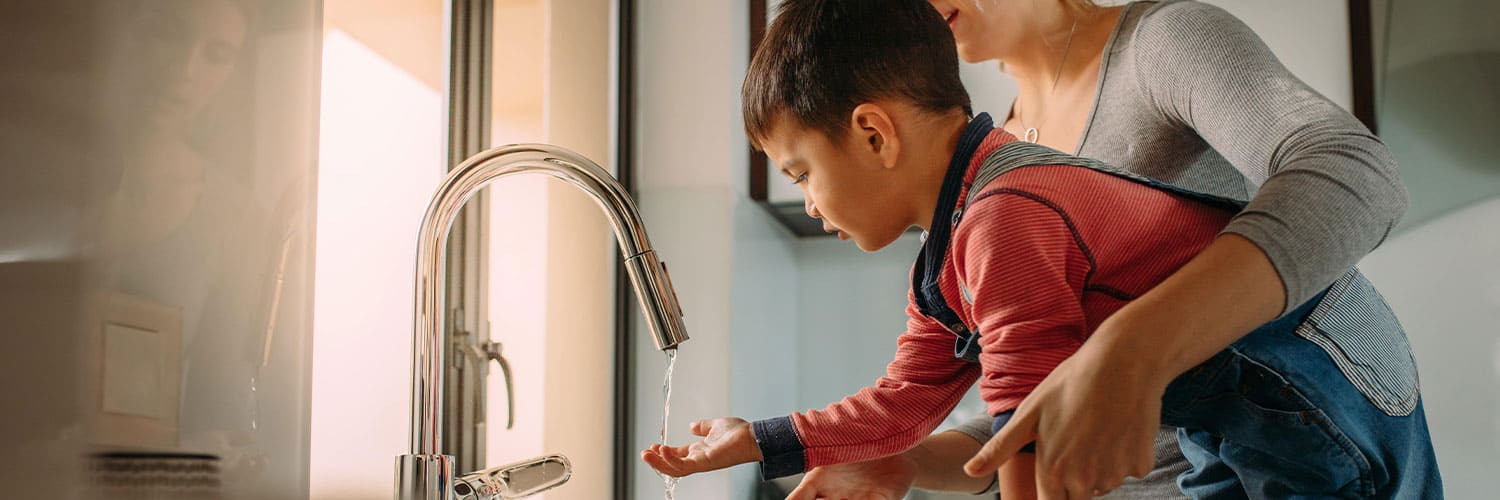Best Practices for Maintaining Your Home's Hot Water System
Request Free EstimateWhat are your opinions about Tips For Maintaining Your Hot Water Heater?

Warm water is important for day-to-day comfort, whether it's for a rejuvenating shower or cleaning dishes. To guarantee your hot water system runs efficiently and lasts much longer, regular upkeep is key. This article supplies practical suggestions and understandings on just how to maintain your home's warm water system to prevent interruptions and expensive repair work.
Intro
Preserving your home's warm water system could appear daunting, but with a couple of simple actions, you can guarantee it operates smoothly for many years to come. This guide covers every little thing from understanding your hot water system to DIY upkeep pointers and knowing when to employ professional assistance.
Relevance of Maintaining Your Hot Water System
Normal upkeep not only prolongs the life-span of your warm water system yet also ensures it operates effectively. Disregarding maintenance can result in lowered efficiency, higher energy bills, and even early failing of the system.
Signs Your Warm Water System Requirements Upkeep
Knowing when your hot water system requires interest can stop major issues. Look out for signs such as inconsistent water temperature, odd noises from the heating unit, or rusty water.
Recognizing Your Hot Water System
Before diving into maintenance jobs, it's handy to recognize the standard elements of your hot water system. Generally, this includes the hot water heater itself, pipelines, anode poles, and temperature level controls.
Month-to-month Maintenance Tasks
Routine monthly checks can aid catch minor issues prior to they intensify.
Flushing the Water Heater
Purging your hot water heater eliminates sediment build-up, boosting effectiveness and prolonging its life.
Checking and Replacing Anode Rods
Anode poles stop corrosion inside the container. Examining and changing them when worn out is critical.
Examining and Adjusting Temperature Level Settings
Changing the temperature level settings makes certain optimal efficiency and security.
DIY Tips for Maintenance
You can perform numerous maintenance jobs on your own to keep your warm water system in top condition.
Looking for Leakages
Consistently examine pipes and connections for leaks, as these can bring about water damage and higher costs.
Checking Stress Alleviation Valves
Evaluating the pressure safety valve guarantees it functions appropriately and stops excessive stress buildup.
Shielding Pipes
Shielding hot water pipelines reduces warmth loss and can save power.
When to Call a Professional
While do it yourself maintenance is helpful, some issues need professional know-how.
Facility Concerns Needing Specialist Help
Instances include major leakages, electric problems, or if your water heater is consistently underperforming.
Routine Specialist Maintenance Perks
Specialist maintenance can consist of thorough assessments, tune-ups, and making sure compliance with security criteria.
Conclusion
Routine upkeep of your home's warm water system is important for effectiveness, long life, and cost financial savings. By complying with these pointers and knowing when to seek expert assistance, you can make certain a dependable supply of hot water without unanticipated interruptions.
How to Maintain an Instant Hot Water Heater
Before tinkering with your hot water heater, make sure that it’s not powered on. You also have to turn off the main circuit breaker and shut off the main gas line to prevent accidents. Also turn off the water valves connected to your unit to prevent water from flowing into and out of the appliance. 2. When you’re done, you have to detach the purge valves’ caps. These look like the letter “T†and are situated on either side of the water valves. Doing so will release any pressure that has accumulated inside the valves while at the same time avoid hot water from shooting out and burning your skin. 3. When the purge valves’ caps are removed, you have to connect your hosing lines to the valves. Your unit should have come with three hoses but if it didn’t, you can purchase these things from any hardware or home repair shops. You can also get them from retail stores that sell water heating systems. Read the user’s manual and follow it to complete this task properly. When the hosing lines are connected, open the purge port’s valves. 4. You should never use harsh chemical cleaners or solutions when cleaning your unit. Make use of white vinegar instead. It should be undiluted and you’ll probably use about 2 gallons. 5. Now flush your water heater. This task should probably take about 40 minutes. We can’t give you specific directions for this because the procedure is carried out depending on the type, model and brand of your heater. With that being said, refer to the user’s manual. 6. When you’re done draining the unit, you have to turn off the purge port valves again. Remove the hosing lines that you earlier installed on each of the water valves. Put the valve caps (purge port) back in their respective places and be very careful so as not to damage the rubber discs that are found inside these caps. 7. Now that everything’s back in place, check your user’s manual again to find out how to reactivate your water heating system. 8. Once it is working, turn one of your hot water faucets on just to let air pass through the heater’s water supply pipes. Leave the tap on until water flows smoothly out of it. https://www.orrplumbing.com/blog/2014/september/how-to-maintain-an-instant-hot-water-heater/

I was made aware of that write-up on How to Maintain Your Water Heater & Prolong its Life through a good friend on another site. Make sure you pause to share this content if you liked it. We take joy in your readership.
Schedule And Pricing